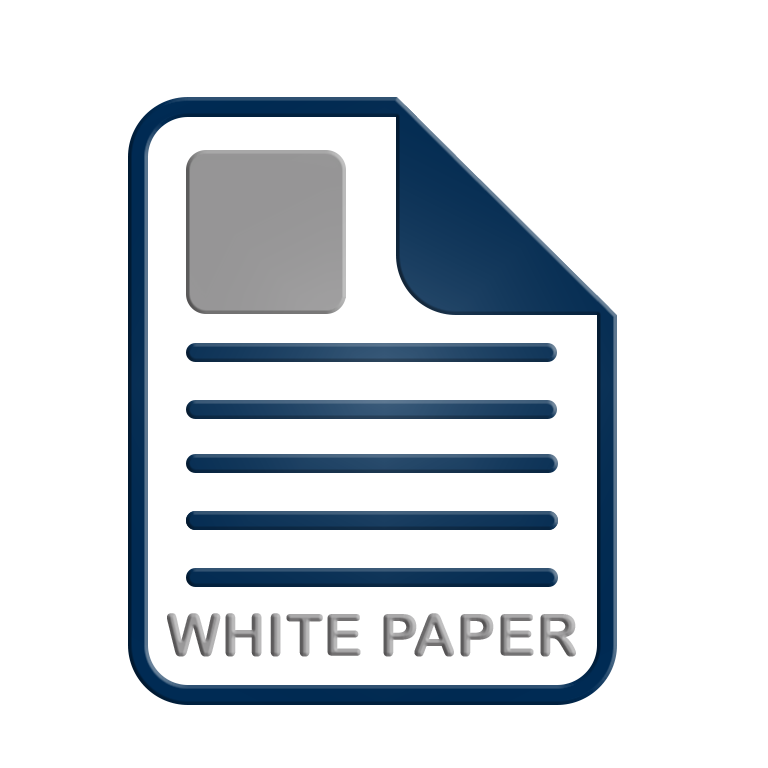Theoretical Calculations of the Seasonal and Solar Activity Variations for Ionospheric Collision Frequency and Debye Length over Baghdad City
DOI:
https://doi.org/10.23851/mjs.v27i4.17Keywords:
Collision frequency, cross section, electron density, ionospheric absorption, Debye length.Abstract
In this study, two important ionospheric factors have been calculated, the collision frequency of electron and Deby length for a height range from 80 Km to a height approaching the maximum height of the F2 region of the ionosphere above the Earth's surface. Both above factors have been calculated for two different levels of solar activity and for two seasons (winter and summer). Also, six months were adopted for every level of solar activity and season. The estimation of collision frequency of electron is depends on the contribution of neutral constituents and ions. Three neutral atmospheric gases have been adopted to calculate the collision frequency, Molecular and atomic oxygen O2 and O respectively and molecular nitrogen N2, as well as the singly charged ions were taken into account in calculation.Downloads
References
Patra S; Electron Density and Electron Neutral Collision Frequency in the Ionosphere Using Plasma Impedance Probe Measurements on Sounding Rockets, M.Sc. thesis, Utah state University, 2009.
Holdsworth, D. A, R. Vuthaluru, I.M. Reid and R. A. Vincent;Differential absorption measurements of mesospheric and lower thermospheric electron densities using the Buckland park MF, Journal of Atmospheric and Solar terrestrial physics, Volume 64, issue 18, pp 2029-2042, December 2002.
Baumjohann W., Treumann R. A.; Basic Space Plasma Physics, Imperial College Press, United Kingdom, 2004.
Bellan P. M.; Fundamentals of Plasma Physics, Cambridge University Press, United Kingdom, 2004.
Eliezer S. and Eliezer Y.; The Fourth State of Matter, an introduction to plasma science, second edition, IOP Publishing limited, 2001.
Itikawa Y.; Cross sections for electron collisions with nitrogen molecules , Journal of Physical and Chemical Reference Data, volume 35, number 1, pp 31-53, 2006.
Itikawa Y., Inchlmura A., Onda K., Sakimoto K., Takayanagi K., Hatano Y., Hayashi M., Nishimura H., Tsurubuchi S.; Cross sections for collisions of electrons and photons with oxygen Molecules, Journal of Physical and Chemical Reference Data, volume 18, number 1, pp 23-42, 1989.
Itikawa Y., Inchlmura A.; Cross sections for ollisions of electrons and photons with atomic oxygen , journal of physical and chemical reference data, volume 19, number 3, pp 637-651, 1990.
Slater J.C.; Atomic radii in crystals , journal of chemical physics, volume 41, 3199, 1964.
Howard J.; Introduction to Plasma Physics , Plasma Research Laboratory, Research School of Physical Sciences and Engineering, Australian National University, 2002.
Hedin A. E.; Extension of the MSIS thermospheric model into the Middle and lower atmosphere , Journal of Geophysical Research, ISSN 0148-0227, Volume 96, pp 1159-1172, 1991.
Callen J. D.; Fundamentals of Plasma Physics, University of Wisconsin, Madison, USA, 2006.
Boyd T.J. and Sanderson J.J.; The Physics of Plasmas, Cambridge University Press, New York, 2003.
Dinklag A., Klinger T., Marx G. and Schweikhard L.; Plasma Physics , Springer, Berlin Heidelberg, 2005.

Downloads
Key Dates
Received
Accepted
Published
Issue
Section
License
Copyright (c) 2017 Al-Mustansiriyah Journal of Science

This work is licensed under a Creative Commons Attribution 4.0 International License.
(Starting May 5, 2024) Authors retain copyright and grant the journal right of first publication with the work simultaneously licensed under a Creative Commons Attribution (CC-BY) 4.0 License that allows others to share the work with an acknowledgement of the work’s authorship and initial publication in this journal.





















